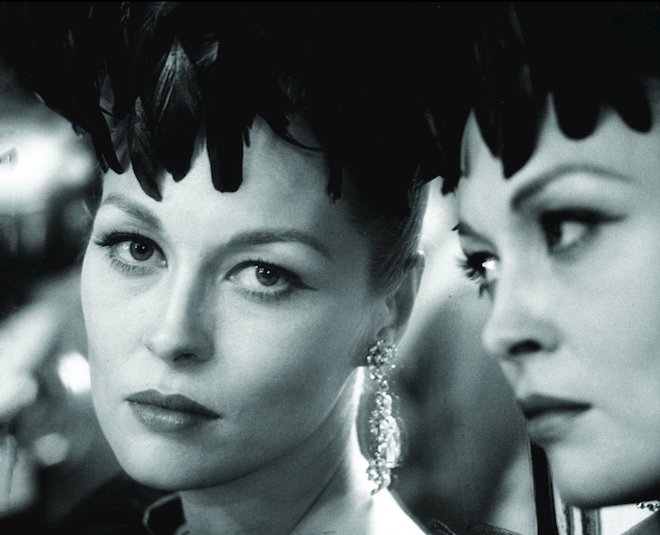We could all use a respite from the craziness in the air these days. So for a much-needed dose of spiritual nourishment and artistic inspiration, look no further than Personal Vision, the handsome new monograph of the photographer Adger Cowans’ terrific body of work. Cowans began taking pictures in college, then in the Navy, and later served as Gordon Parks’ apprentice. He broke into the world of photojournalism and fashion photography in the late fifties and early sixties, and was a mainstay as a still photographer on film sets for decades, working with some of the biggest names in the business—from Katharine Hepburn and Jane Fonda to Al Pacino and Spike Lee. He also shot street scenes and nudes and still lifes as well as a captivating series of pictures of light reflecting on water.
“Often such talent abides by rules set by others,” Parks wrote, “but Adger’s individualism sets him apart, simply because he follows his own convictions. His photographs go as far as imagery can go without actually speaking. Cowans has acquired the freedom to master himself.” Cowans sat down with us earlier this week in New York to discuss a career that began when photography was not considered an art and spanned into our current Instagram generation.—AB
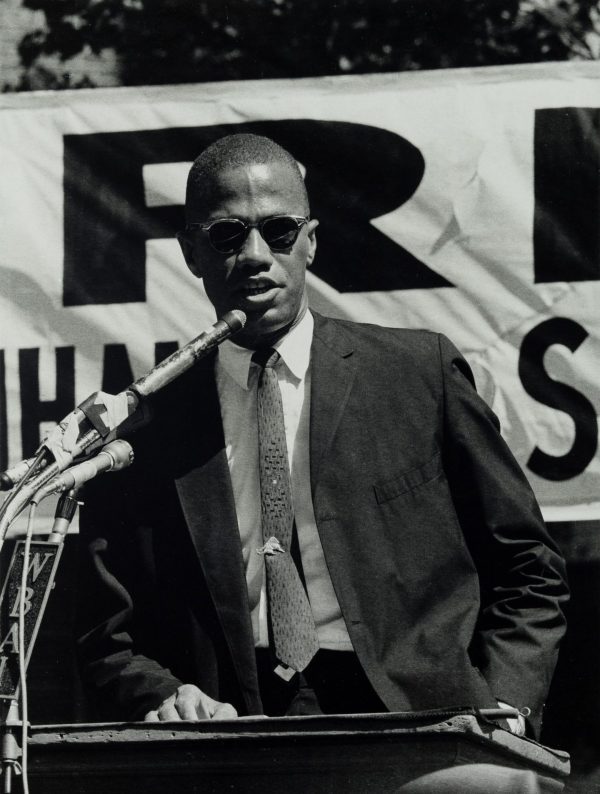
Alex Belth: What, if any, photographers were you looking at as a kid?
Adger Cowans:You have to understand that when I started taking pictures there were no books on photography, there were no monographs on photography. None. In college, I found one book on the history of photography by Beaumont Newhall, and there were a lot of photographers missing from that book, certainly no African-American photographers. No Roy DeCarava. I didn’t think about black photographers or white photographers I just looked at the pictures. But the first time I realized something different was going on was when I discovered DeCarava’s book Sweet Flypaper of Life. He did it with the poet Langston Hughes.
Alex: Was that your introduction to photography?
Adger: No, I took a class on photography when I was in high school, 1953. And I wasn’t really interested in photography—it was just easy to do. My mother and uncle were amateur photographers so we always had cameras around the house.
Alex: How much dressing up and posing did your family do in these photographs or were they just casual shots?
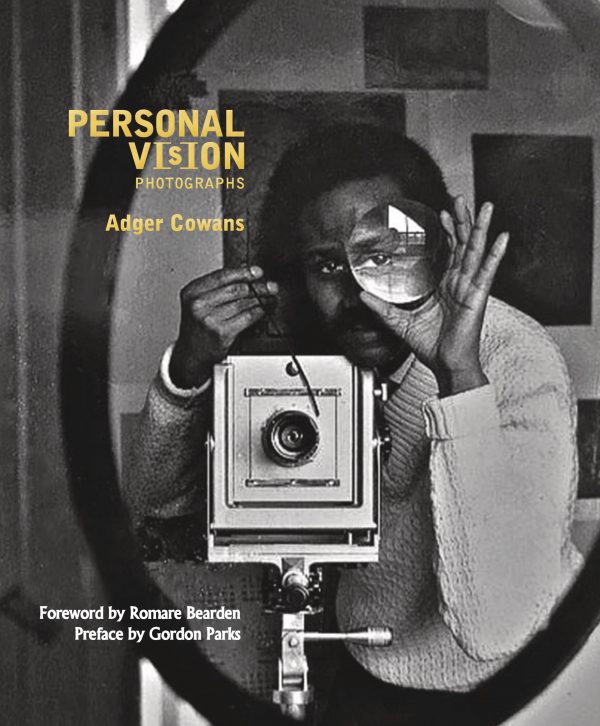
Adger: My parents got dressed up and went to the photographer’s studio. But they also took pictures around the house. Everybody had a camera. Kodak made it cheap for everybody. And everybody in my family liked to pose. It was fun. It was just something everybody did. I didn’t think about it as a career. It was during my junior year at college that I figured out photography was a serious endeavor. That you could make an image, show it to a person, and you could tell something about their personality by how they reacted to the photograph—at least I could: If they liked art, if they were interested in people, if they had a point of view, how many images of art had they seen to compare it to?
Alex: Was your ego bruised if someone didn’t like a picture?
Adger: No, I always separated myself from the picture. I didn’t take it. The Spirit took it. Something happened inside me that generated me to take that picture. So whatever people said about it was fine with me. If they liked it, fine, if they didn’t like it, fine. I was already into who they were—whether they were racist, or looked at my work [as the work of] a “black photographer” or whether they looked at the work as photography at all.
I just had a desire to do something with my hands. Photography was: Either you get the shot or you don’t. But you also had to think about the wind, apertures. You have to learn the technique so the technique is out of the way, then you can go with the feeling that is going through you. Your eyes only see they don’t feel. The eyes only see. It’s the heart that feels. If you can take the feeling of what you see into the photograph, now you are on to something.
Alex: How did you start taking pictures professionally?
Adger: My uncle told me, “Why don’t you find a Negro who does what you’re doing.” I asked my teacher about it and he told me about a guy who works in New York for LIFE. So I wrote Gordon Parks a letter and he said, “Look me up when you come to New York.” Now even though we were in Ohio, we would go New York to listen to music. If Monk was at the Five Spot or Miles was at Carnegie Hall, we’d drive in on the weekend, overnight, to get here. Monk, Miles, Trane. After I got out of school, I came to live in New York and knocked on everybody’s door. Avedon’s door, Penn’s door. I showed my work and I listened to what they had to say about it. Avedon liked my stuff very much. Penn loved my work as a printer—because I printed my own pictures. Lillian Bassman gave me some work as an assistant.
I knew what I was doing technically when I got out of college. People ask me what Gordon Parks taught me about photography and I tell them nothing. He taught me about life. How to be cool. How to take negative energy and turn it into work. He told me not to let it bother me when people called me names, not to let it distract me from the work. Concentrate on what you are trying to express. I gave everybody his book, A Choice of Weapons, because he is very clear in there and he grew up in a very racist time—it was pretty fucked up when I got there too but he bore the brunt of it.
Alex: I know photography wasn’t really considered art yet but were you guys like the Abstract Expressionist painters, rabid in your commitment to doing something serious?
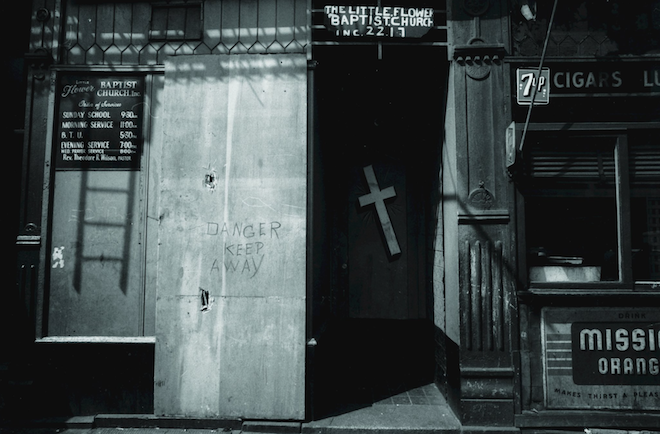
Adger: To be a photographer was one thing. To say you were an artist was something else. There were big fights over the distinction. Were you an artist or a photographer? If you were a photographer you were a craftsperson. There are a lot of pictures. But a photograph is something else. Everybody’s taking pictures but are they photographs? A photograph is something that will last down through the ages as something that evokes feeling and emotion. Sometimes the distinction between the two is very fine. Eugene Smith is a good example, a photojournalist who is also an artist. The guys back in the day weren’t concerned about being stars they were concerned about being photographers.
Alex: It must have been so exciting to be in New York at a time with so much happening in the arts.
Adger: I felt that was where everything was going on. That’s where all the great fashion photography was. That’s what I wanted to do because it was good money and because you could interpret something instead of documenting what was there. It was the opening to creativity. But at that time there were no black people in that field. It was many years before I met any black fashion photographers and there are not that many to this day. I worked from how I felt instead of what looked beautiful. I was led by my feelings. They wouldn’t know what they would get from me. Here I come: black person with a camera. All the doors were closing. I have been asked, “Can you photograph white people?”
Alex: How hard was it for you to do what Parks demonstrated by turning anger into your work?
Adger: It wasn’t always easy. When I first got involved in the movie world I had to deal with all kinds of stuff but I didn’t let it faze me. I’m here because of my work. Otherwise they wouldn’t have hired me. Eventually, I got to be hired for my photographs and not my color. I got in to the union by one vote. I didn’t find out until years later that I was the first black photographer in union, either in L.A. or New York.
Alex: Taking pictures on a movie set is such a specialized kind of photography. How were you able to get crucial shots while staying out of everyone’s way?
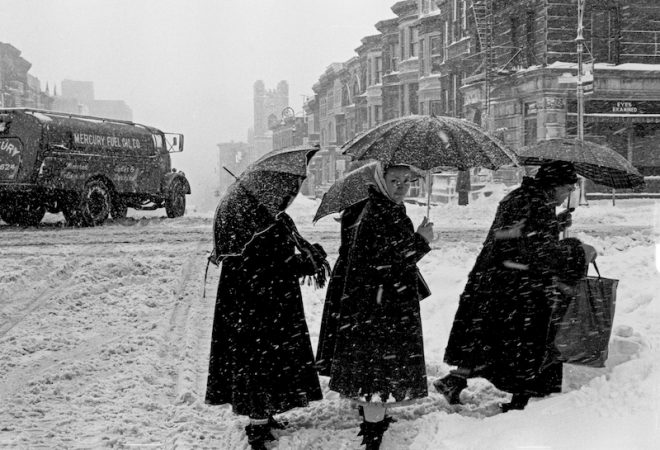
Adger: When a shot is going down, the director is standing there, so you have to think of little games to get your picture. Because the director was always watching me to see where I was standing for a good vantage. And then he’d stand in front of me and I’d duck to the side where is where I really wanted to shoot in the first place. Little games. Always positioning yourself. Dealing with the camera crew too, not bumping into them. You had to be stealth.
Alex: Did you approach the job by staying quiet or being more out-going?
Adger: Both. Depended. But it started with how you got along with the people on the set. The director, the camera people, the actors. You had to make friends. You had to put yourself out there in a way that people trusted you.
Alex: Which directors did you liked working with most?
Adger: Alan Pakula was a hell of a nice man and a very good director. But my models for great directors would be Francis Ford Coppola (The Cotton Club), Sidney Lumet (Night Falls on Manhattan), and Bill Duke (The Cemetary Club). Lumet was the master. He knew what he wanted and never went past three takes. He did two weeks of rehearsals and then shot quickly. Duke and Lumet were so humble with the actors. They never yelled at an actor in front of the crew. They’d pull them aside and talk quietly but confidently to them. It was beautiful to watch.
Alex: Did you enjoy the work?
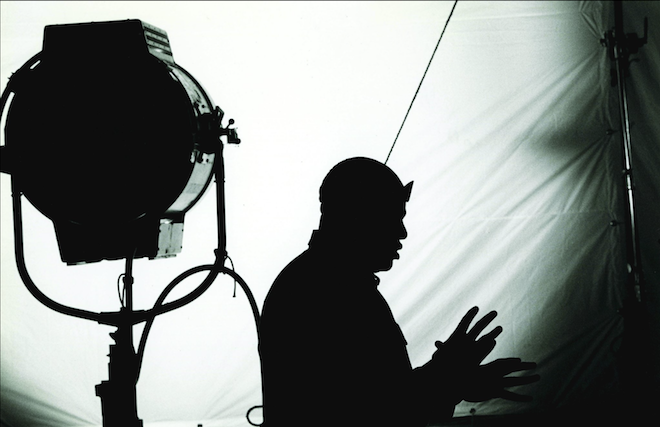
Adger: I enjoyed getting the shot that I wanted that would blow everybody’s mind. It was fun. I made good money. I was interested in my job and I loved movies. I got up excited everyday. New movie, new people to meet. Watching it all going on around me. You work and then it’s over. I made some lasting friendships but mostly it’s a gypsy’s life.
Alex: And when you were finished with a movie did you immediately start worrying about the next gig?
Adger: Nope. I’d take the money I made and travel—I lived in Morocco for a year, I’ve lived in Paris, London, Switzerland. I’d save up some money, pay the rent for six months, then take off. Come back and start talking to people again and get another job.
Alex: So ultimately, would you say you are devoted more to your art—taking photographs—or freedom?
Adger: I’ve had a terrific life, you know? Duke Ellington said Music is my Mistress. I’ll say photography is my mistress, but … Freedom is even more important. I want the freedom to do what I want to do, I want the freedom to live my life. I don’t want to be restricted by my art or anything else.
Alex: Do you have any regrets?
Adger: Not at all. If you did it, you did it, it’s over. Why regret it? I have a terrific life. I’m sitting here talking to you. I’m 80 years old. I don’t have a cane, I’m not on crutches, I’m not on meds. And I attribute all that to being connected to the inner voice in me. The inner spirit. It’s intuitive. It’s not anything that you can put your finger on but when you feel it you know it. I’ve had enough bangs upside the head to know when my first thought was right. Cause I doubted myself in the beginning. It took me until I was 50 to feel really comfortable with my voice and trust myself.
Alex: How did your movie work inform your other photography?
Adger: Everything helps everything else. Whether you’re shooting under pressure of a movie set or taking a picture of a stream of water it’s all about timing. You want to get it. If I miss it I miss it, then push on. Because while you’re lamenting what you missed you might miss the next one, too.
Alex: Did you have an idea if you’ve nailed a shot before the picture was developed?
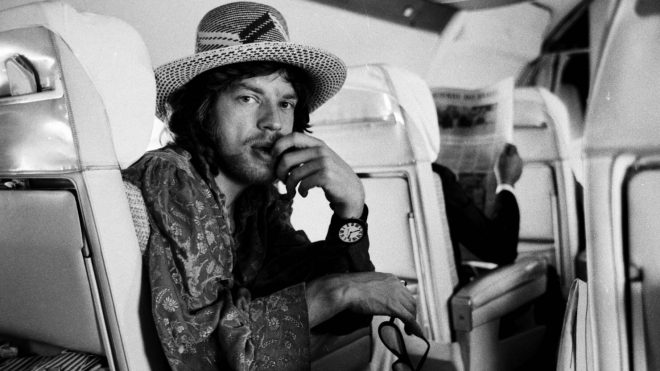
Adger: Mostly, if I hit it I knew I had it. Those pictures I shot of Mick Jagger sleeping in the hammock, when he turned around and looked at me in the plane, I knew that was going to be a smoker. You only have a second. I hope I got that. Felt like it. Did I? Oh, I did!And sometimes I didn’t. You had to wait. Now you just look down and press delete.
Alex: Do you ever miss shooting on film?
Adger: I don’t prefer film anymore except to shoot the negative and digitize it. But I still print. Still have a dark room. Because I love the process. When you are looking at a print and it’s right there before you it’s a different feeling than looking at it on a screen. The same thing with this book, you can hold it and flip through page by page, and you can feel or not feel whatever. It’s a physical presence. A photograph is a physical presence.
This interview first appeared at The Daily Beast.
[Photo Credit: Adger Cowans]
